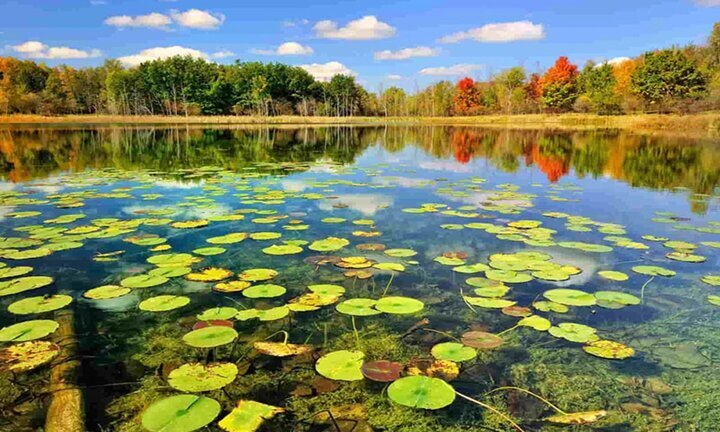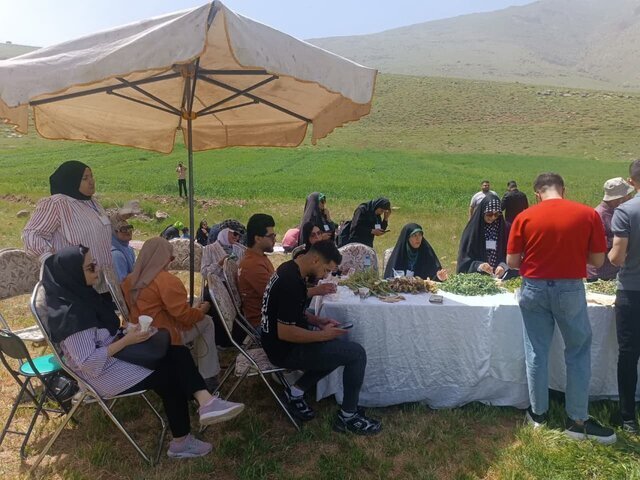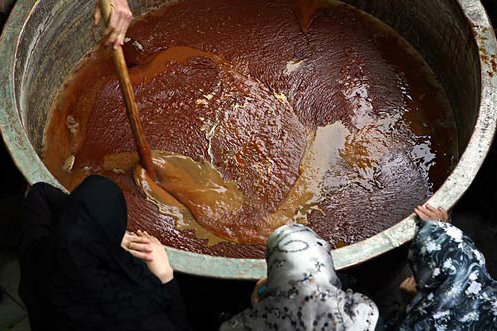
Similar Posts
Japan’s Ambassador Explores UNESCO Heritage: A Visit to the Iconic Dome of Soltanieh
Japanese ambassador to Iran, Tamaki Tsukada, recently visited the UNESCO World Heritage site, the Dome of Soltanieh, in Zanjan province. Recognized for being one of the largest brick domes globally, the site exemplifies Iran’s cultural heritage and architectural excellence. Tourism chief Dariush Naderi highlighted the ambassador’s admiration for the monument, which could boost international tourism to Zanjan. Tsukada expressed hope for increased tourist interest in Iran’s historical treasures. The Dome, a mausoleum of Ilkhanid ruler Oljaitu, is significant for its innovative architecture and rich history, marking a key transition in Islamic architectural development.

Iran Celebrates May 21 as National Ecotourism Day: A Tribute to Sustainable Travel
Iran has declared May 21 as the “National Day of Ecotourism,” encouraging travelers to explore its natural beauty while promoting sustainability and conservation. Through various ecotourism activities, such as trekking, desert safaris, and cultural tours, visitors can minimize their ecological footprint and support local economies. Key strategies for enhancing ecotourism in Iran include improving infrastructure, effective marketing, and capacity building among communities. Diverse tour options allow travelers to engage with nature and local cultures, fostering environmental conservation. This initiative aims to highlight Iran’s rich biodiversity and cultural heritage, making it a prime destination for eco-conscious travelers.

Discover the Hidden Gems: Armenian Churches in Abadan and Ahvaz Poised to Boost Tourism
Armenian churches and cemeteries in Abadan and Ahvaz, Iran, present significant opportunities for cultural tourism, according to Geghard Mansooryan, an Iranian lawmaker representing the Armenian community. His recent exploration of these historical sites highlighted their potential to boost the local tourism economy. Abadan’s church has been restored, while Ahvaz’s needs renovation. Mansooryan stressed the importance of organizing these sites for tourism and integrating them into development plans. With a rich tapestry of diverse communities and a unique blend of history and culture, both cities are poised to attract visitors, enhancing their economic and cultural landscapes.

Delicious Discoveries: Culinary Tour Showcases Kermanshah’s Rich Flavors for International Students
A recent culinary tour in Kermanshah province introduced foreign students to the region’s unique spring plants and traditional dishes, highlighting its status as the 37th UNESCO Creative City of Gastronomy. Organized by Iman Derakhshi, head of the Cultural, Social, and Sports Department, the tour featured 35 students from Razi University and Kermanshah University of Medical Sciences. Participants learned about various spring plants and their historical significance in local cuisine. The initiative aims to promote Kermanshah’s culinary diversity to domestic and international tourists, positioning the region as a potential gastronomic tourism destination rich in flavors and cultural heritage.

Fajr Handicrafts Festival Celebrates Iran’s Rich Cultural Heritage: A Grand Finale of Art and Tradition!
The 9th International Fajr Handicrafts Festival concluded at Milad Tower in Tehran, highlighting Iran’s cultural heritage and the importance of its handicrafts industry. Cultural Heritage Minister Seyyed Reza Salehi-Amiri emphasized the sector’s economic potential, noting over 570,000 artisans contribute to it. He advocated for showcasing Iranian craftsmanship globally, while also discussing the country’s tourism opportunities. Deputy Minister Mariam Jalali highlighted the festival’s significance as a commitment to resilience in the handicrafts sector. Saeed Al-Qaddoumi from the World Crafts Council praised Iran’s artistic legacy and the festival’s role in fostering global connections among artisans. Awards were presented to distinguished craftsmen.

Vibrant Samanu Festival Lights Up Daraq, Eastern Iran: A Celebration of Tradition and Culture
The annual Samanu-Pazan Festival in Daraq, North Khorasan, Iran, recently celebrated the traditional creation of Samanu, a nutritious paste made from wheat germ. Organized by local cultural authorities, the festival highlights the region’s rich heritage and fosters community spirit. This year, 14 large pots of Samanu were prepared, showcasing the cooking process and its cultural significance. Daraq is renowned as the “capital of Samanu,” known for its exceptional flavor and longevity, lasting up to two years without refrigeration. Coinciding with Nowruz, the Iranian New Year, the festival attracts tourists and promotes local traditions, ensuring their preservation for future generations.